One of the great truths is that it’s the small things in life that count, and Venice is one of the biggest places made of small things I’ve ever seen.
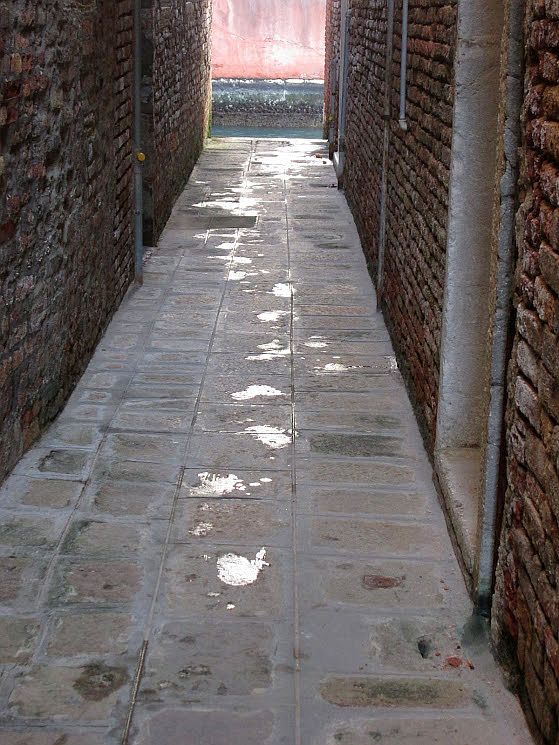
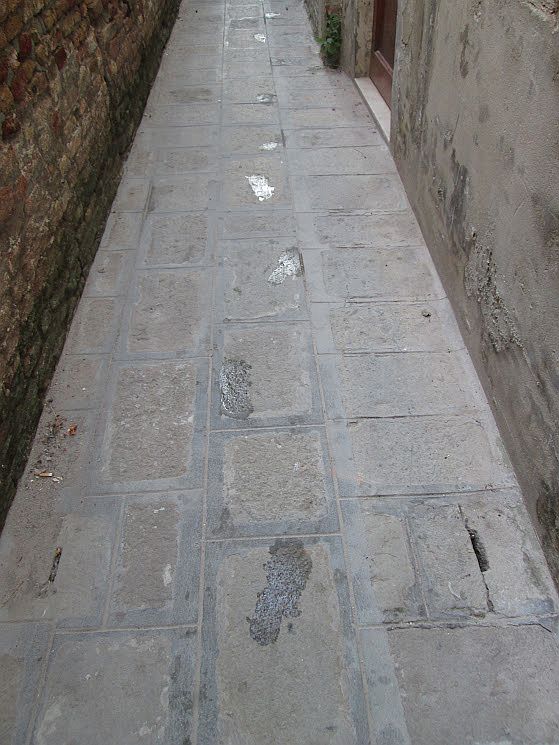

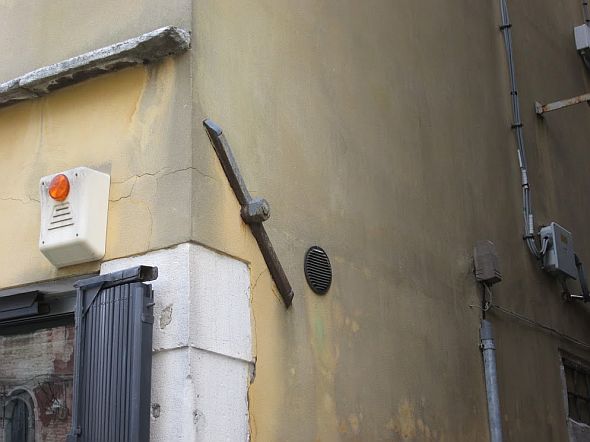
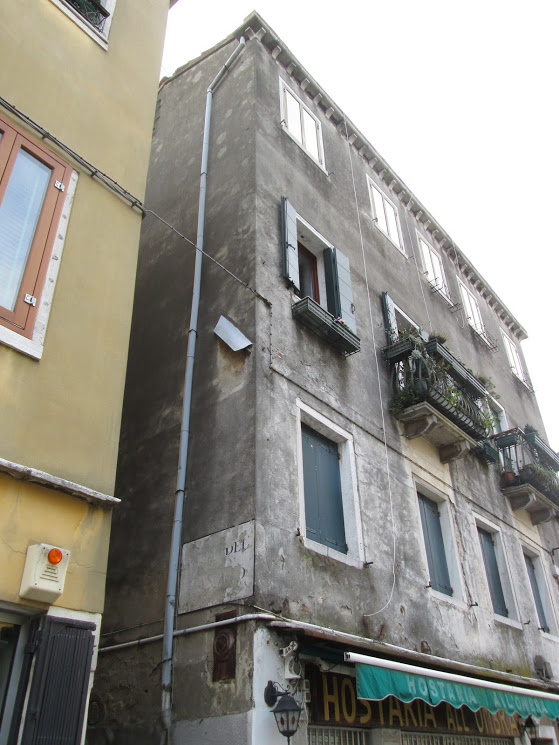

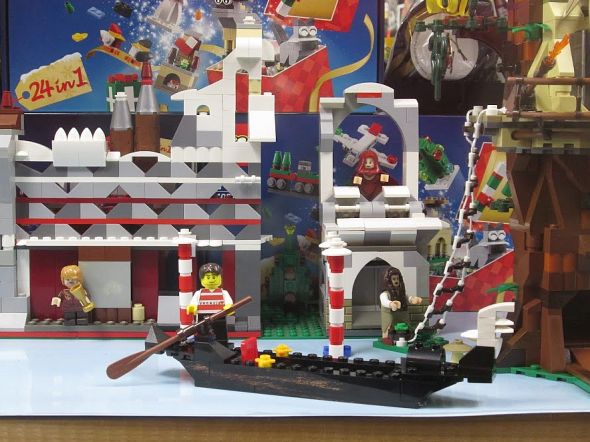
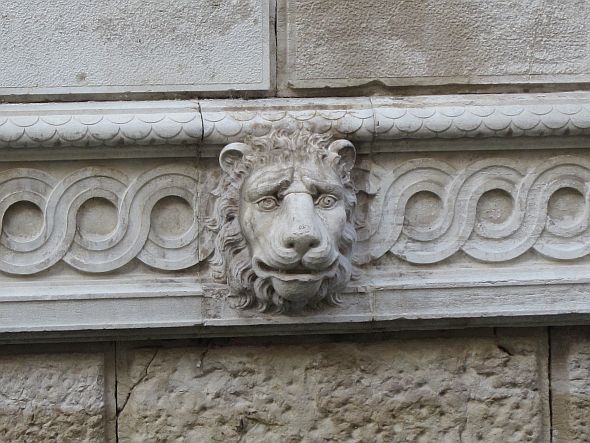
One of the great truths is that it’s the small things in life that count, and Venice is one of the biggest places made of small things I’ve ever seen.








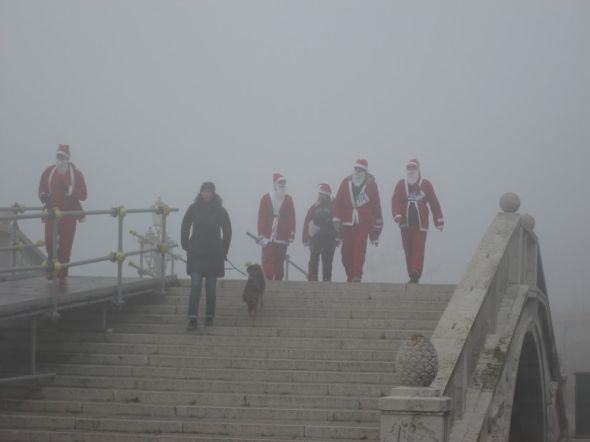
I love charity benefit events; I also love Santa Claus (for the brief period each year in which I give him even one thought). And last Sunday we came upon — or it came upon us — the third edition of an annual run/trot/stroll around half the city called the “Corsa dei Babbo Natale,” or “Race of the Santa Clauses” (Santas Claus?)
This is not unique to Venice, though the landscape here obviously presents some traits not present in Milan, Brescia, Verona, Savona, Belluno, and undoubtedly lots of other places all over Italy. Sometimes it’s for charity, sometimes it’s just for fun. Check your local listings.
In the case of Venice, it was organized to benefit AVAPO, the association of volunteers who assist cancer patients and their families. The event was managed by The Venice Sport Shop and aided by various sponsors, primarily Mizuna, a maker of running shoes. For a modest fee anyone could sign up, get a number and a Santa Claus outfit and some other goodies, and join the crowd running/trotting/strolling from Rialto to Sant’ Elena and back to our own little lobe of Venice, the Giardini Pubblici, where music and refreshments waited.
I would happily have followed it and made lots of pictures of them running across the Piazza San Marco and other landmark sites, but we were set up to go rowing and join the boat procession of — yes — more Santa Clauses in the Grand Canal. Curses! We were foiled by fog! Vast, shifting, impenetrable banks of fog which not only would have spoiled the fun for us, but rowing to the church of the Salute would have rendered us a spectacular hazard to navigation.
But on our disappointed walk homeward, we suddenly found ourselves facing an army of S.C.’s swarming toward us. They were tired, but they were determined, and it was great to see whole families out together. And then people started greeting Lino by name as they passed, which was especially nice in the case of those who hadn’t yet removed their sweat-inducing beards because somehow Lino recognized virtually every one of the people greeting him. Was it their voice? Their glasses? Jewelry? Birthmark? But as usual, this came as no surprise. It’s the call of the DNA, which I can confirm overrides costumes, fog, and the passage of time.
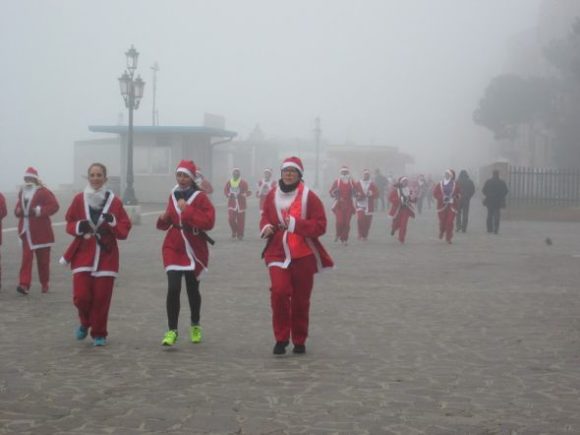
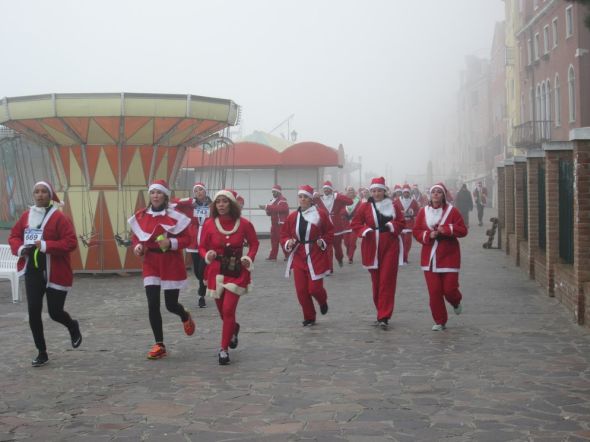
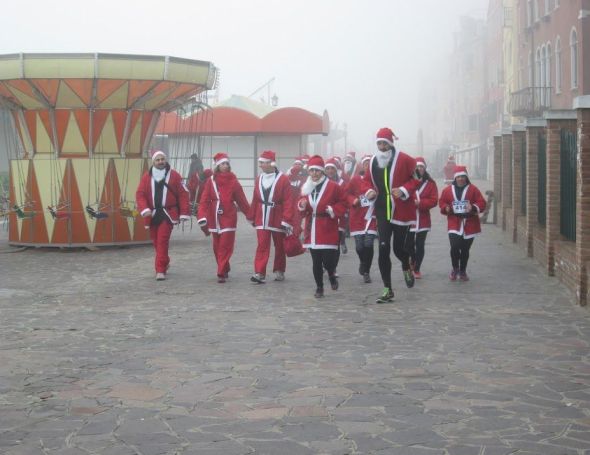
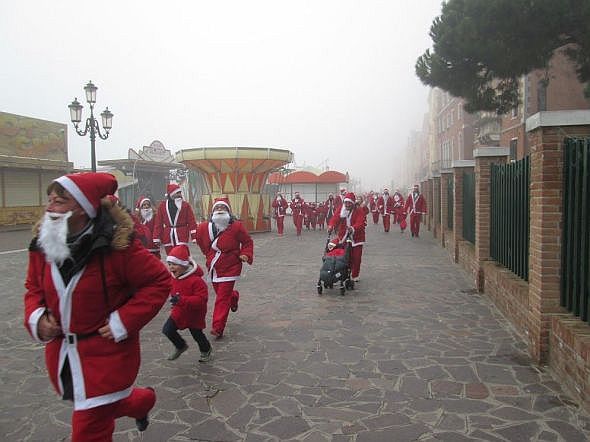
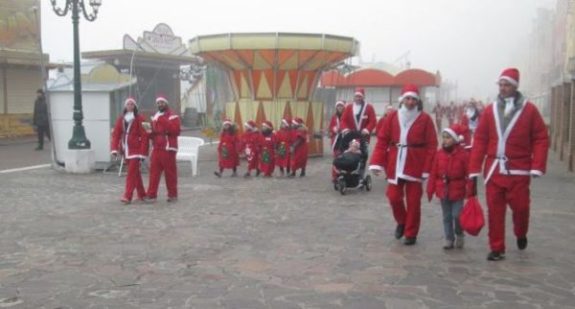
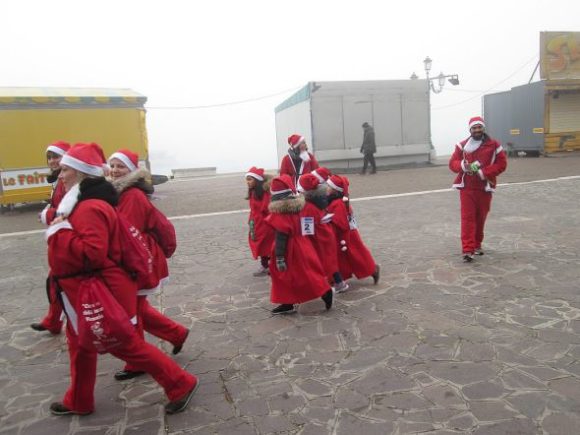
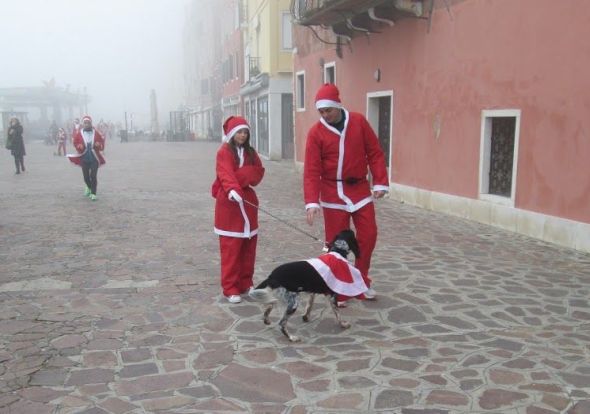
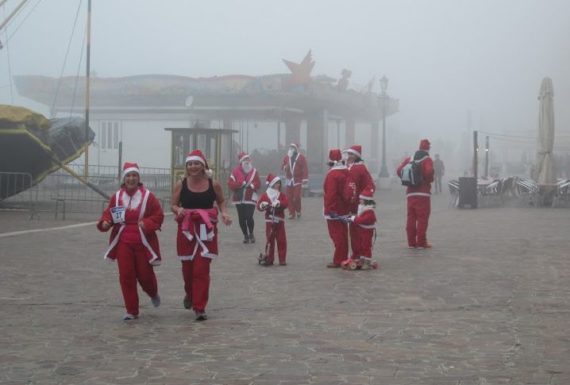
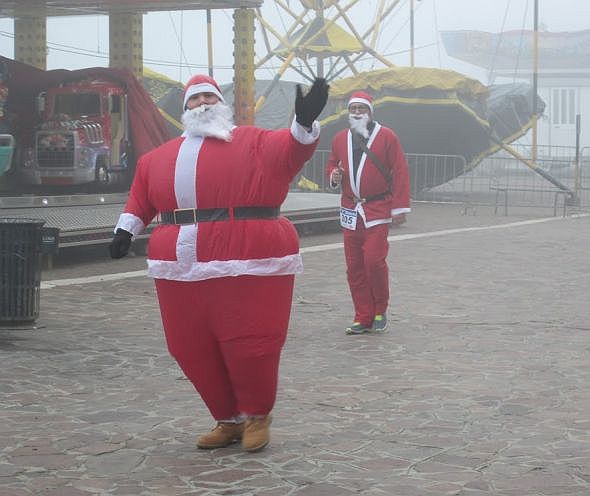
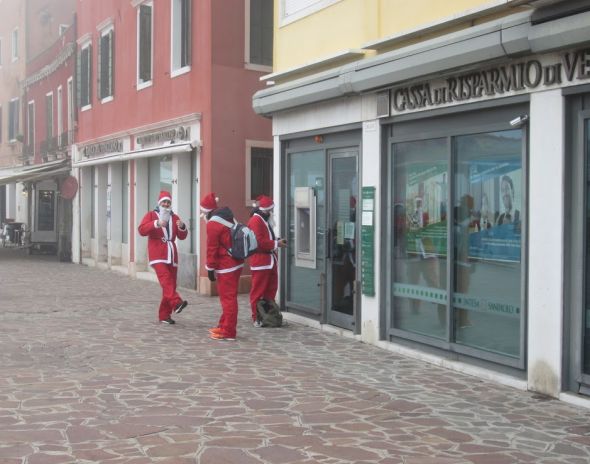
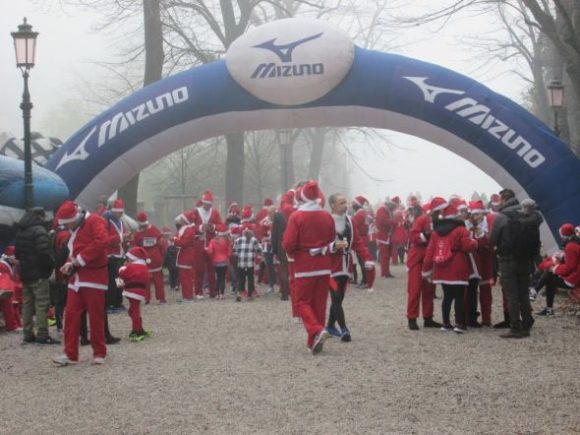
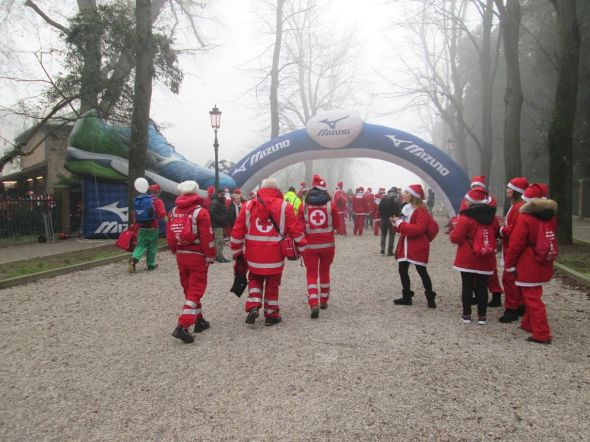
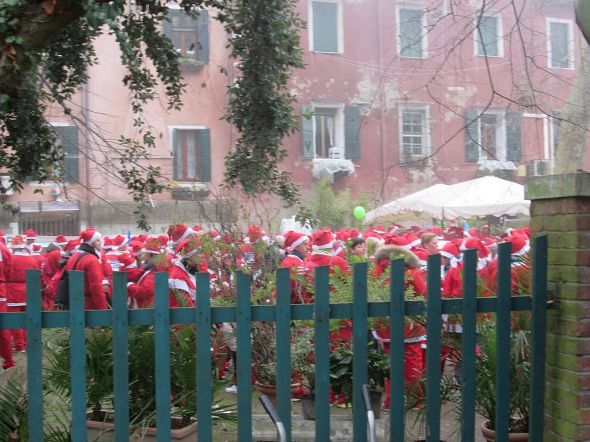
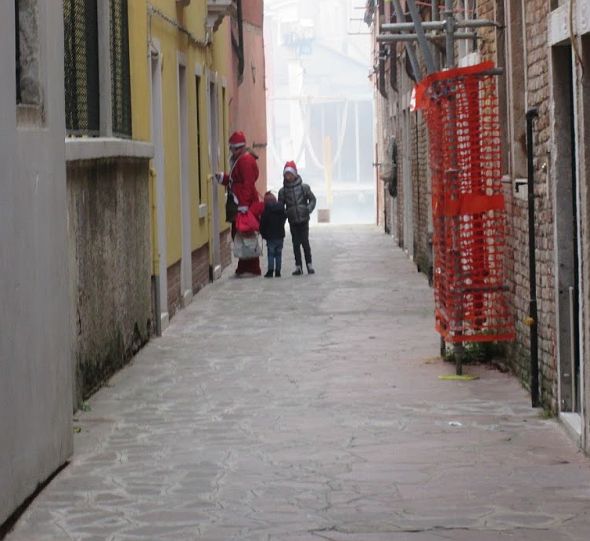
As you know, I don’t usually mention other websites about Venice (or anywhere else, actually). There are many reasons for that, but in this case I’m making an exception for Omio. Sharp-eyed readers will notice that I have contributed a few fragments to the list, and I hope you will explore other places suggested by their traveling correspondents.
This is a date which has sunk somewhere below the waterline of general knowledge, but in Italy it still carries serious significance. By which I don’t imply that people commemorate it or talk about it, but it remains one of those watershed dates in European/national/sometimes individual history.
I bring it up — today being September 8 — not to indulge in a monologue about politics and World War II, but because Lino’s father was briefly and importantly involved.
The barest outline is this, with apologies to true experts and connoisseurs of all the fine points: Italy and Germany were allies at the outbreak of the war. The war was going very badly for Italy because it had begun to go badly for Hitler, so Hitler essentially abandoned his Italian so-called friends. Abandoned (as noted), the Italian government decided to forego large amounts of futile bloodshed, and asked the Allies (more particularly General Eisenhower) for an armistice. One of the conditions of this surrender was that the Americans would land on the Italian mainland. It was an excellent plan; the armistice, known as the Armistice of Cassabile, was duly signed on September 8, 1943. All this was kept as secret as possible for reasons which even I can grasp.
Except that secrets are tricky. The change of label from “enemy” to “friend” or vice versa worked fine on paper, but nobody told the army this was going to happen. Came the dawn on September 9, and the troops didn’t know who they were supposed to be fighting anymore. Even their generals, who were similarly blindsided, basically told their men “Do what you want, we have no idea what’s going on.” So the armed forces disbanded, just like that, every man for himself. Most just ran away somewhere (not to be confused with “running away”); many headed for home, a good number struck out for the mountains to hide and become guerrilla partisans. Not everybody made it, however.
The Germans saw the Italians as traitors, i.e. adversaries, and proceeded to occupy the peninsula, up to and including Venice. And here, as elsewhere in Italy, the Germans began to round up all the Italian soldiers they could find to cart them away to Germany as prisoners. Ships were engaged to hold the growing collection as the Germans went up and down the Adriatic coast seeking Italian deserters. Some of those ships were in Venice.
Therefore, one day in this turbulent and panicky period, a ship was moving along the Giudecca Canal, sailing away with its load of Italian troops, destination: Depths of Hell. Some of the prisoners decided to risk an escape, and jumped overboard. And that day Lino’s father was rowing back home from an interlude of fishing (there were ten mouths at home to feed), and was crossing the Giudecca Canal when he saw one man hit the water.
Lino’s father rowed over (I don’t know how far he had to go), pulled the man into his boat and threw a spare jacket on him as a makeshift disguise. He rowed the man home and hustled him upstairs. His name was Mario Dossi, and he was from Naples. Lino says they used to have a photo of him standing with Lino’s brother, Puccio, on the Ponte della Paglia near the Piazza San Marco.
But the apartment was small (Lino’s sister still lives there, and it’s perfectly fine for one person. But not for ten — or rather, eleven.) Some ladies down the street took Mario in, and there the story ends.
Except that it’s a happy ending, because some time after the war, one of Lino’s sister’s boyfriends was in Naples, and looked Mario up. So he was fine.
A substantial number of films, some of them famous classics, deal with the war and Italy after the fateful September 8. Their common theme is brutality, as you might expect. I’ve seen Spike Lee’s “Miracle at Sant’Anna” (one of many massacres committed as reprisals). “Captain Corelli’s Mandolin” follows the same thread of warfare between the Italians and Germans after September 8 in Greece. In my opinion, two films on this theme that belong in the pantheon of great cinema, however, are “Everybody Go Home” with Alberto Sordi (“Tutti a Casa”), and “The Two Marshals” with Vittorio de Sica and Toto’ (“I Due Marescialli”), if for nothing else than the divine scene of the German colonel and the unidentifiable fart.
If you can see those movies, you’ll be glad. Just remember that there wasn’t anything funny about September 8. But be glad for Mario Dossi.
